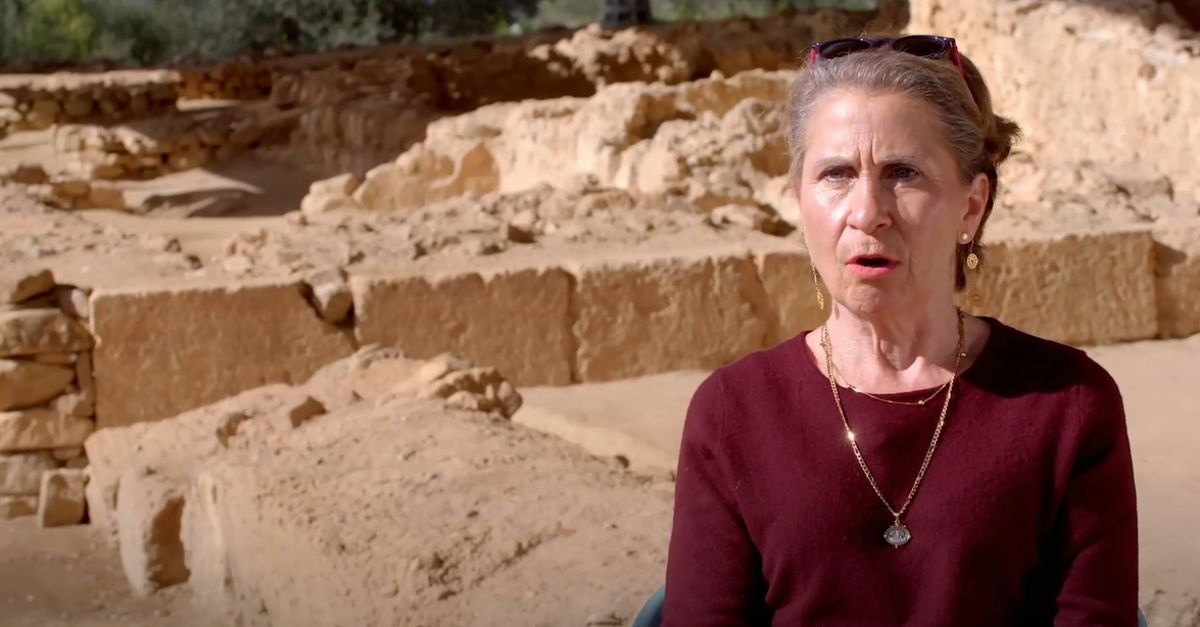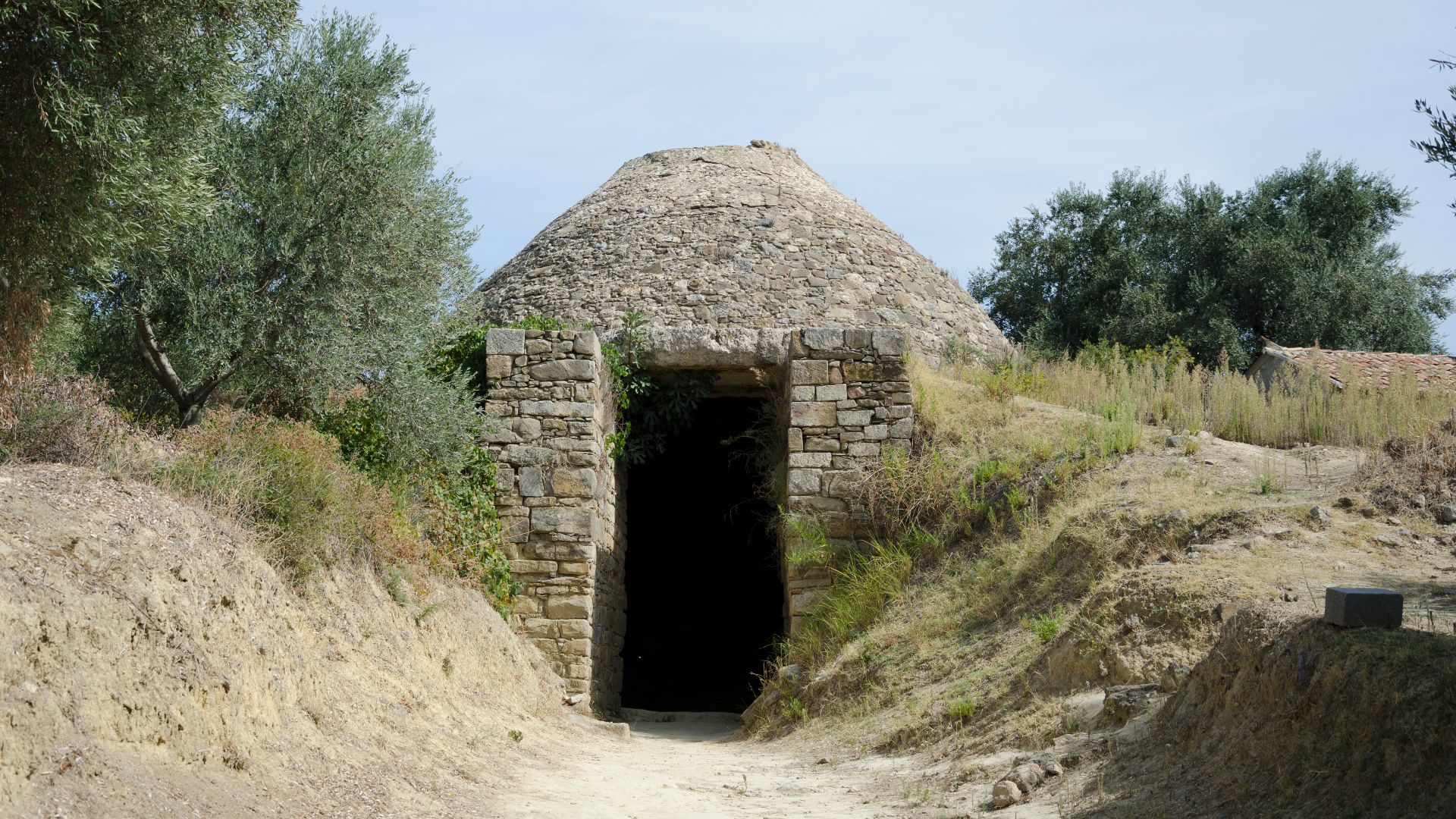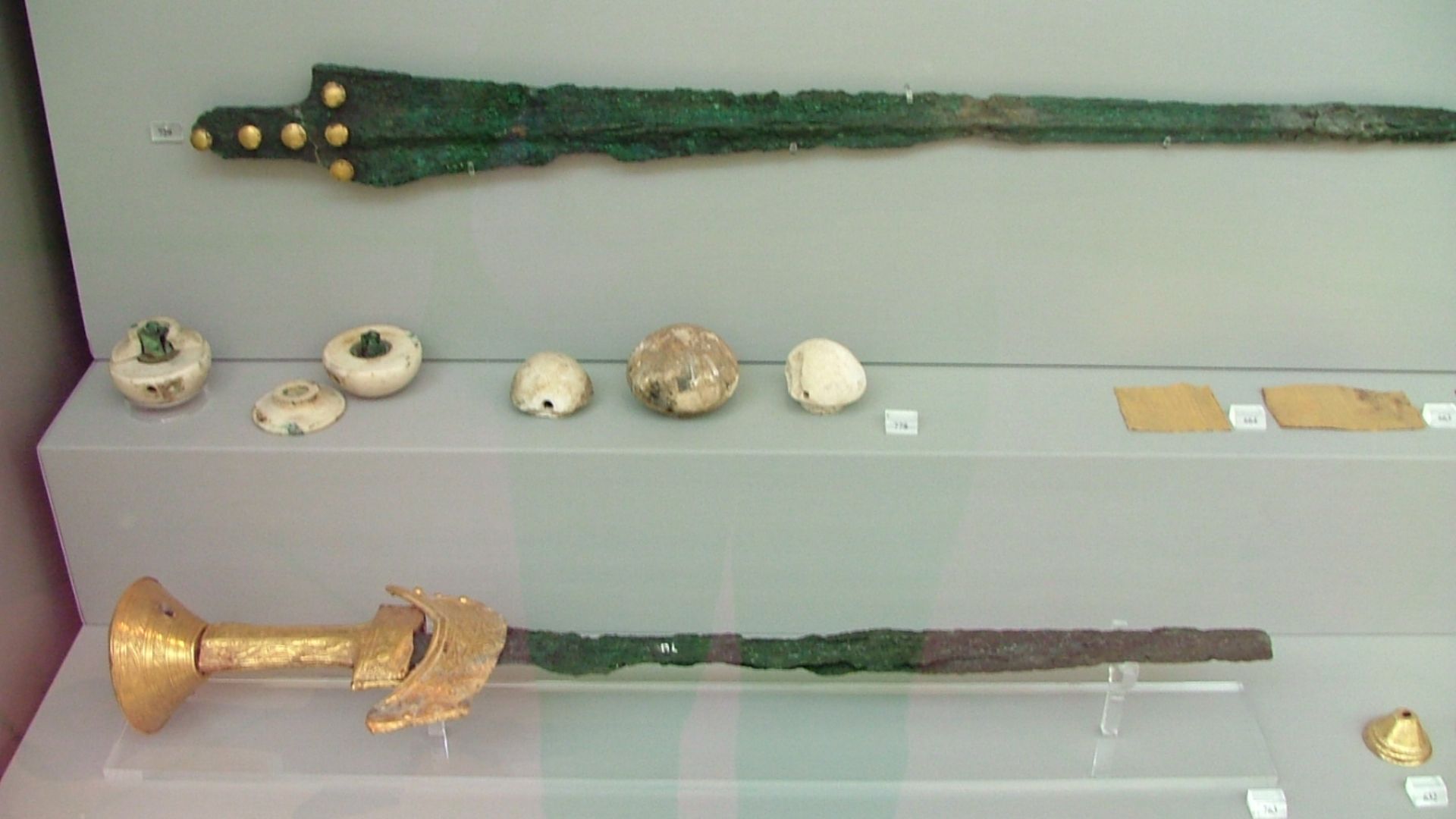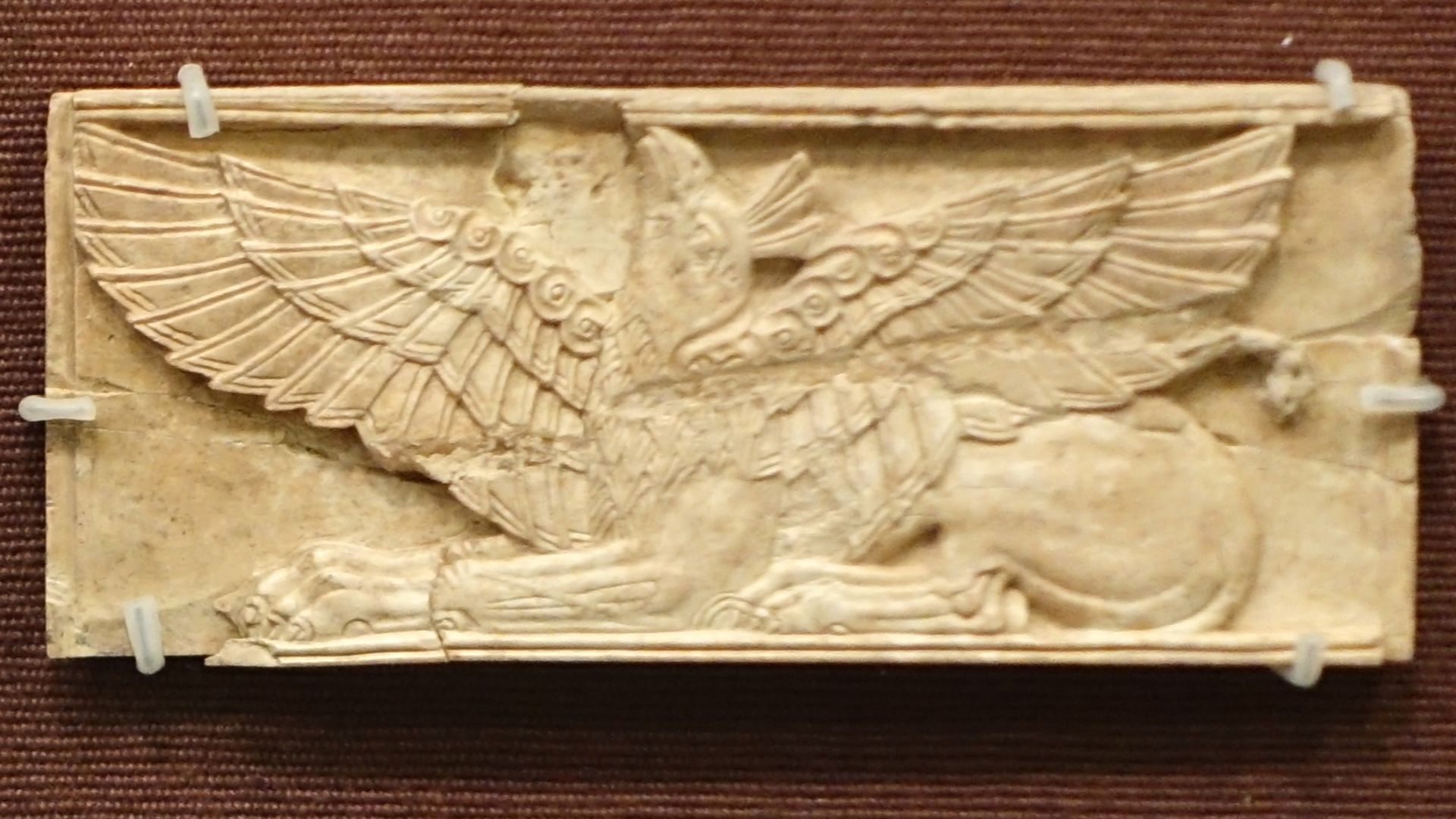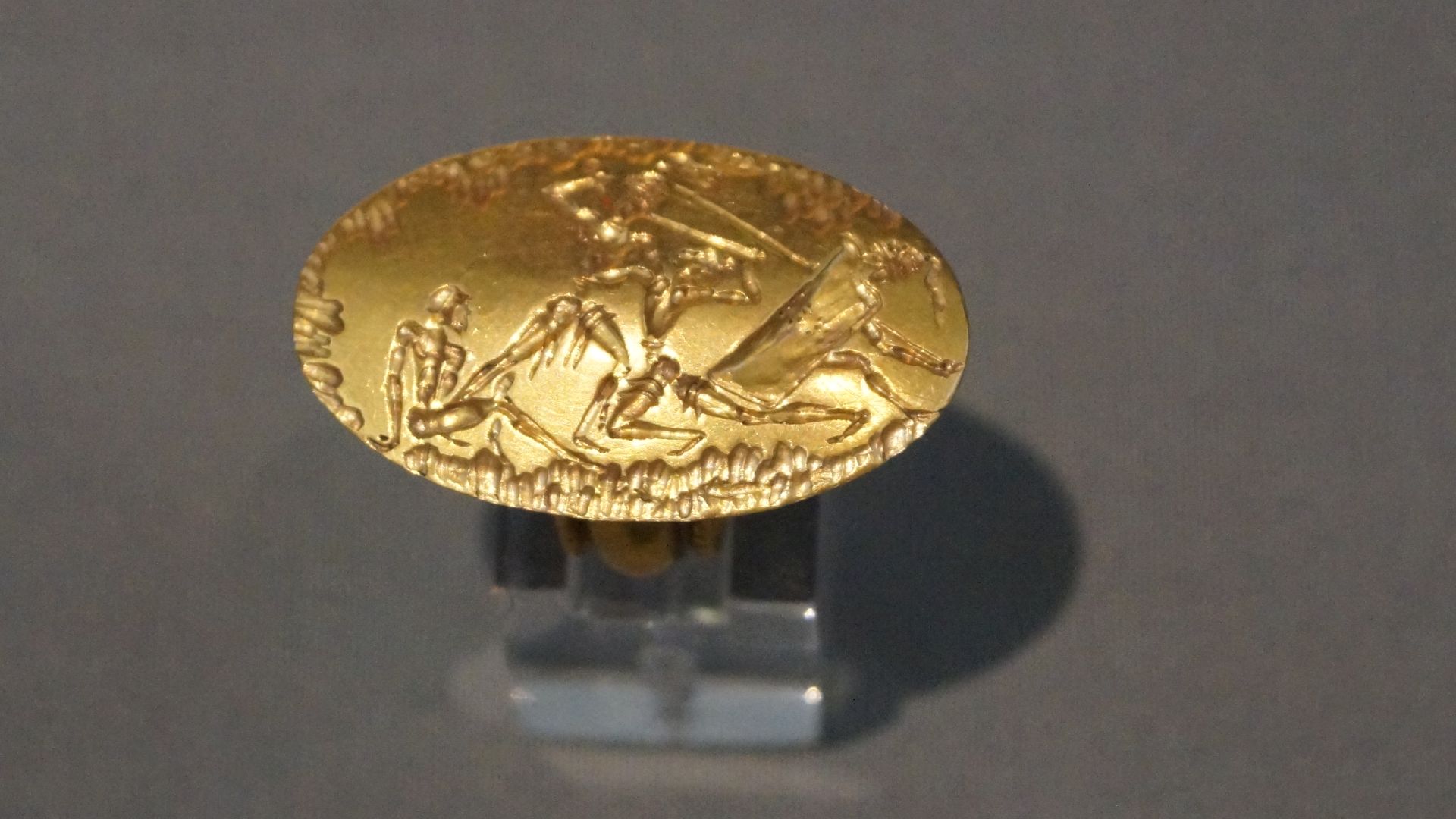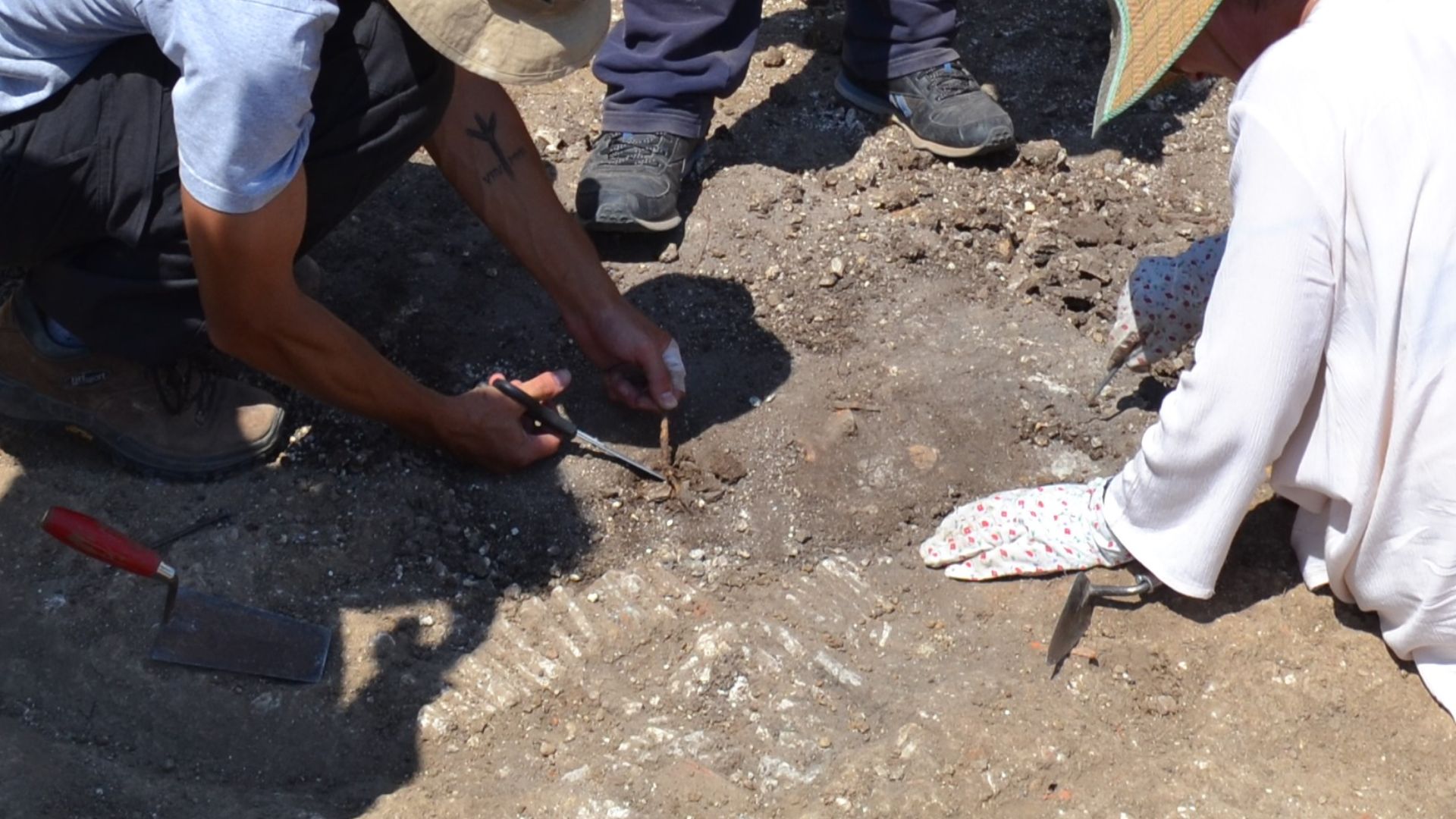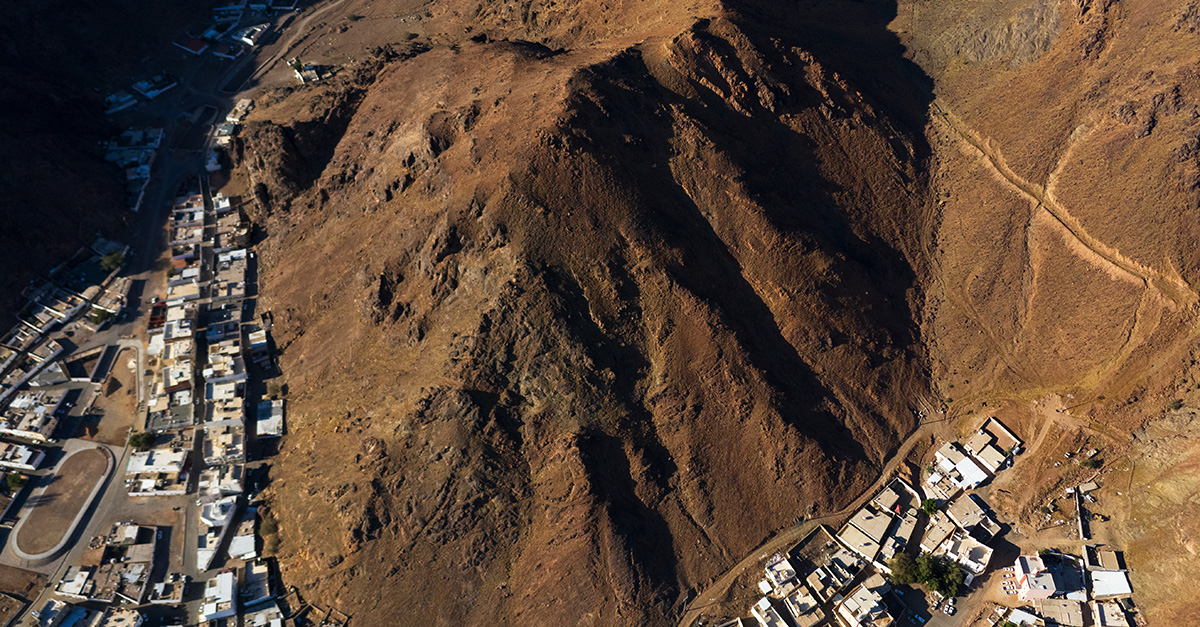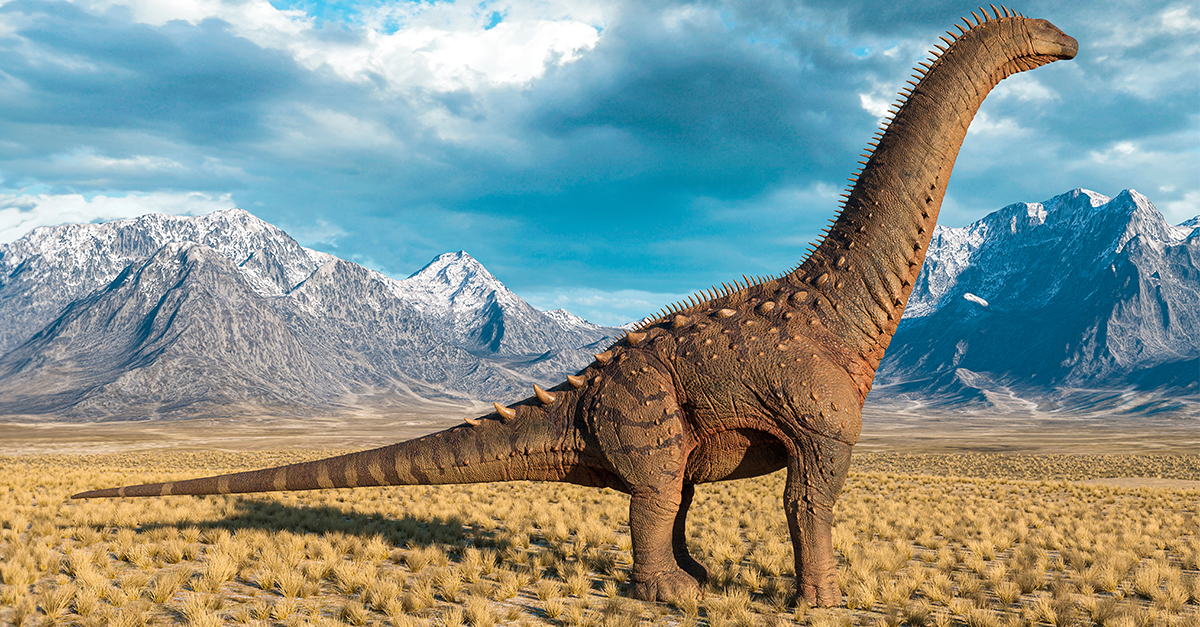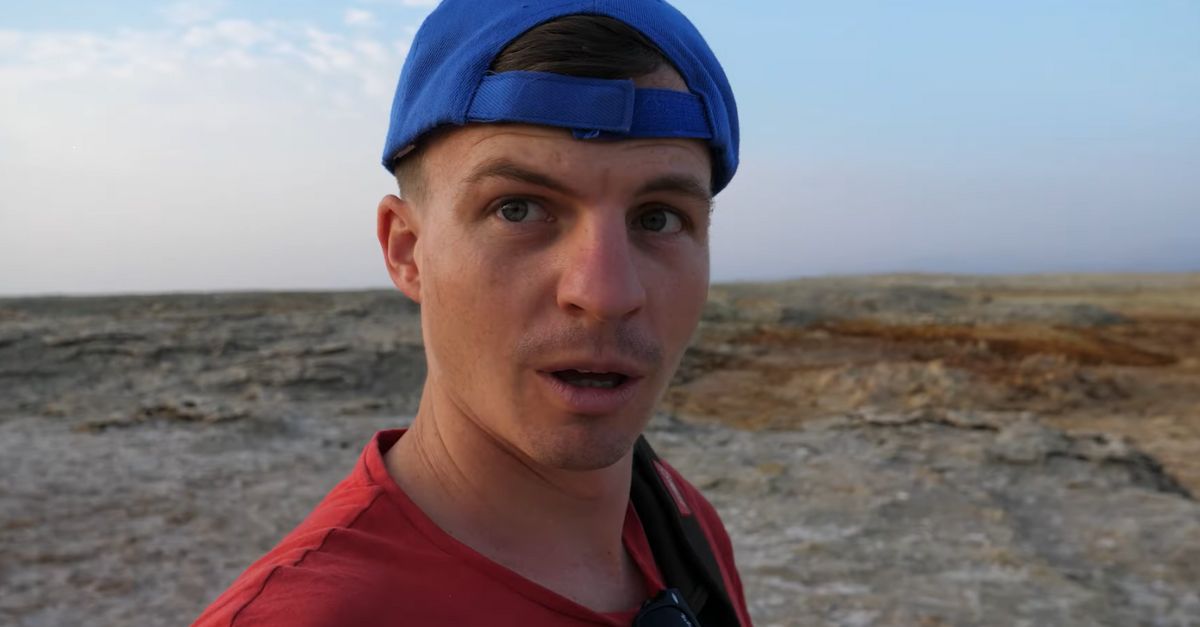Hidden For 3,500 Years; Found At Last
In 2015, a small excavation began in a quiet olive grove in southwest Greece. There, archaeologists found a stone-lined grave untouched since the Bronze Age, and inside were things that opened a gateway into a world we had lost for millennia.

Life In Greece During The Bronze Age
The Bronze Age was a period when people mastered mixing copper with tin to create bronze, stronger than stone or pure copper. In Greece, between 3000 and 1100 BCE, this breakthrough fueled advances in farming, warfare, and even long-distance trade across the Mediterranean.
The World Of The Mycenaeans
By 1600 BCE, the Mycenaeans had risen as Greece’s leading civilization. They built heavily fortified palaces and led military campaigns, while also creating rich artistic traditions. Gold and silver weapons reflected their wealth and also their ability to dominate land and sea.
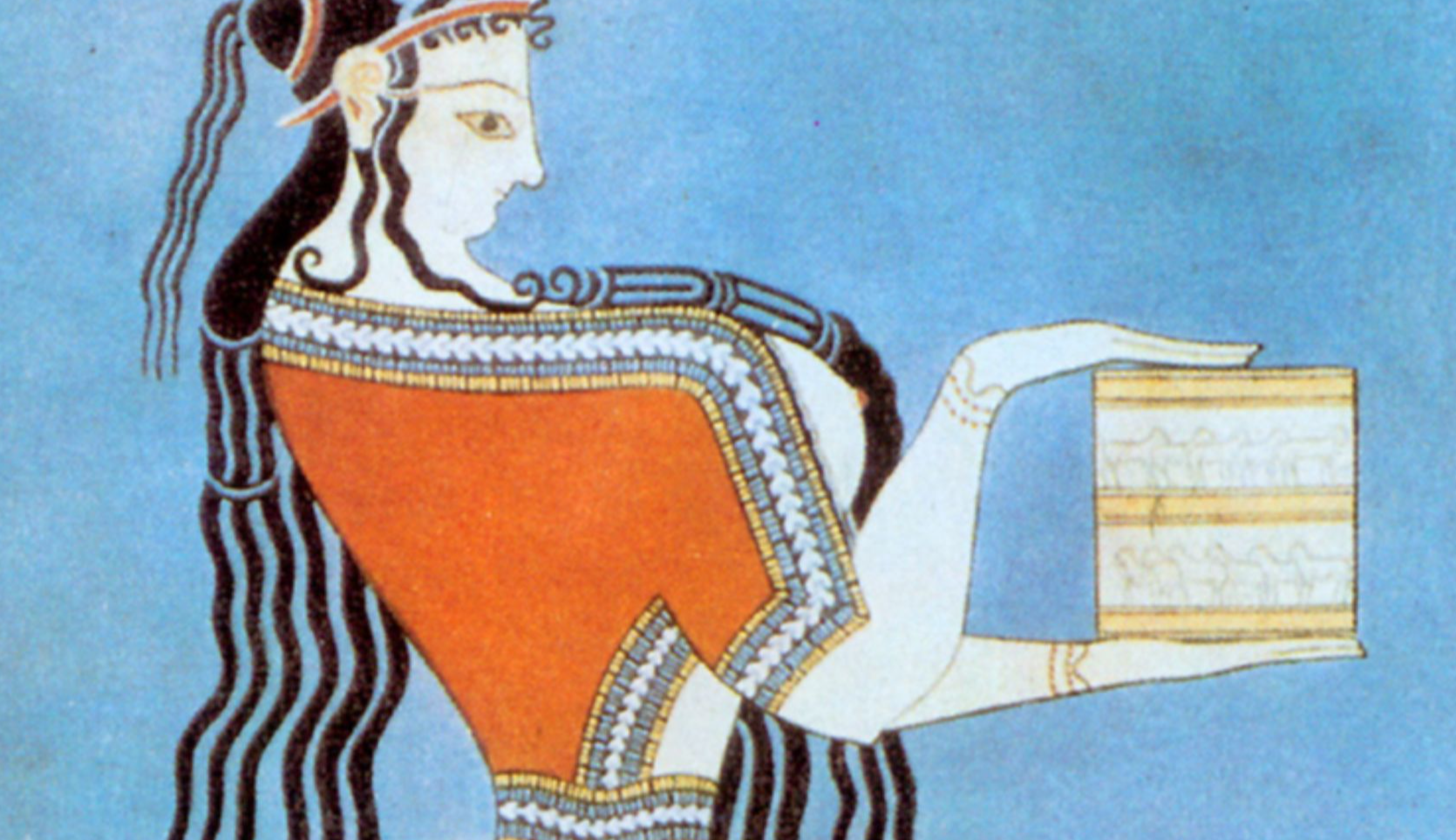 n·e·r·g·a·l, Wikimedia Commons
n·e·r·g·a·l, Wikimedia Commons
Pylos, The Kingdom By The Sea
At that time, Pylos was a thriving Mycenaean city on Greece’s southwest coast. Fertile farmland provided food, while its harbor connected it to trade routes across the Aegean. From its palace, rulers oversaw logistical operations for fleets. They also directed political and military strategies for the entire region.
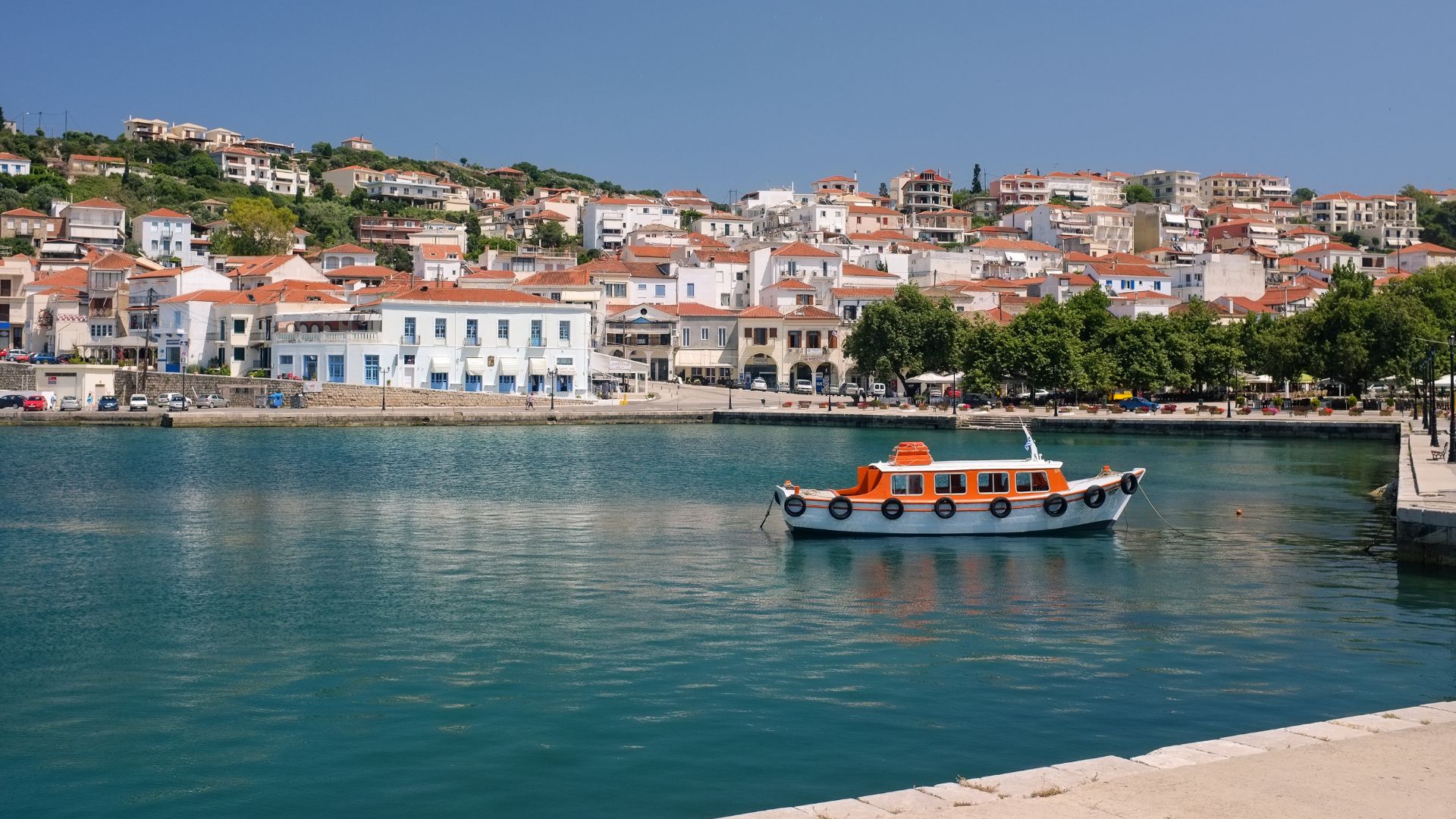 heipei from Deutschland, Wikimedia Commons
heipei from Deutschland, Wikimedia Commons
Why Pylos Drew The Archaeologists
The Palace of Nestor at Pylos is the best-preserved Mycenaean palace. A fire around 1200 BCE baked its clay tablets, preserving official records of rations and allocations. Such evidence of a powerful center led researchers to survey nearby fields for elite burials.
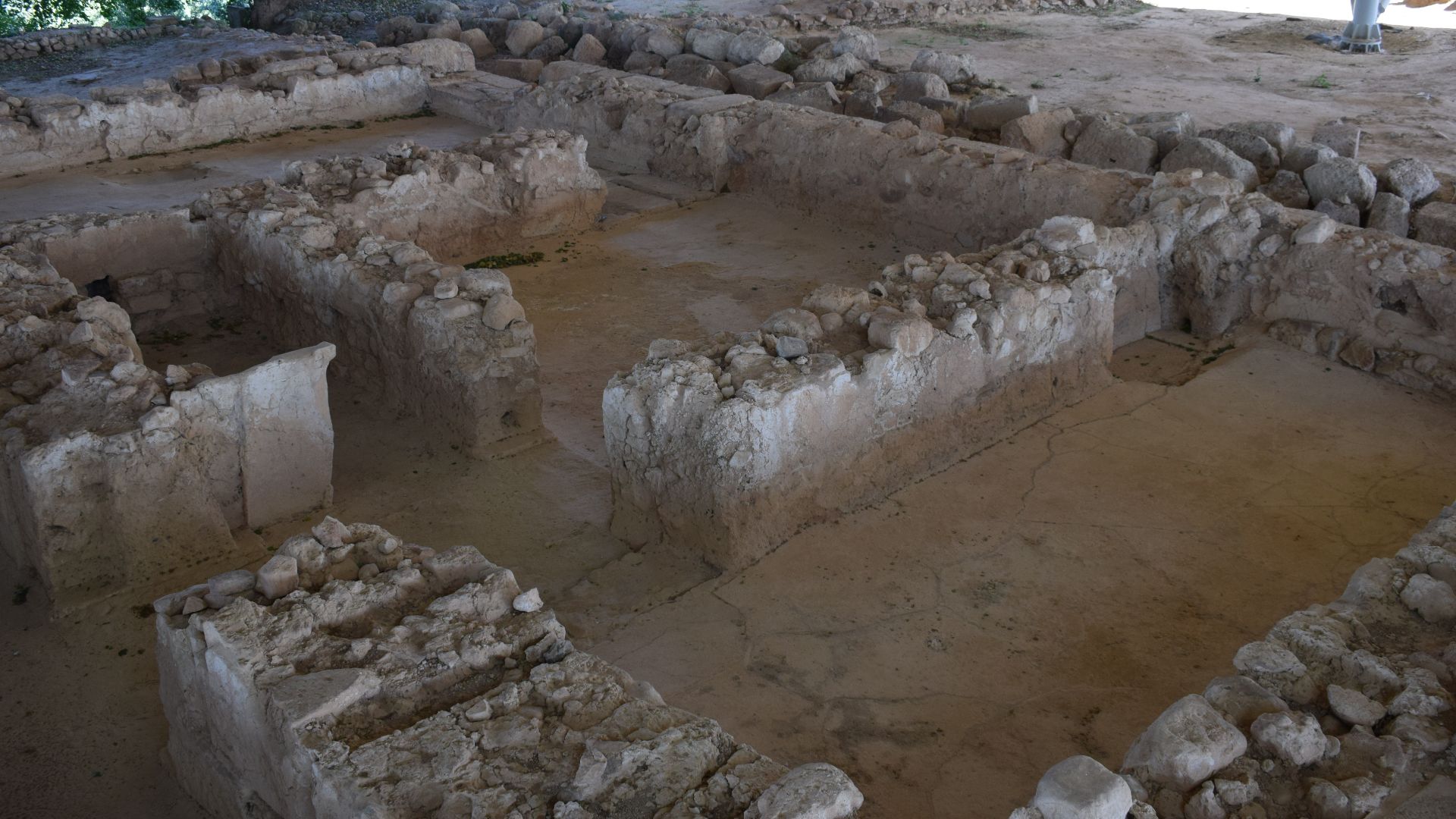 Jean Housen, Wikimedia Commons
Jean Housen, Wikimedia Commons
The Archaeologists Who Made The Find
Archaeologists Jack L. Davis and Sharon R. Stocker had spent years studying the Mycenaean world. In 2015, while excavating near the palace ruins, they expected only pottery fragments or simple tools. Instead, they uncovered a burial so untouched and lavish that it shocked experts worldwide.
A Site Chosen With Care
The tomb’s position—just beyond the palace grounds—was no accident. In Mycenaean culture, elite graves were often placed within sight of political centers as a display of status. For centuries, olive farmers unknowingly worked this land, never suspecting its hidden occupant.
The Start Of The Dig
Excavation began slowly, with soil removed in thin layers to avoid damage. Before long, neatly arranged stone walls emerged, and they outlined a rectangular shaft. Their arrangement matched construction methods that we know were used in Mycenaean burial architecture.
The Moment Of Realization
At the top of the burial chamber lay a collapsed mass of boulders, remnants of the tomb’s dome that had fallen thousands of years ago. Despite the collapse, the chamber itself had remained sealed and intact—a rare survival in an era when most tombs were actually looted.
 This Ancient Greek Tomb Was Packed w/ Treasure Secrets | Smithsonian Channel by Smithsonian Channel
This Ancient Greek Tomb Was Packed w/ Treasure Secrets | Smithsonian Channel by Smithsonian Channel
First Look Inside The Tomb
Removing the heavy stones revealed the skeleton of an adult man laid on his back. Several objects were visible, including gold rings, bronze blades, carved seals, etc. The team documented their exact positions before any item was removed for preservation.
 New Greek Warrior Tomb found : 1500 BC incredible art jewelry rings 2018 by Neptunes Lagoon
New Greek Warrior Tomb found : 1500 BC incredible art jewelry rings 2018 by Neptunes Lagoon
Mycenaean Burial Traditions
Elite Mycenaean graves were typically built as stone-lined chambers or shafts. Other sites show variations in chamber size and grave goods based on rank and region. This tomb’s size and stonework place it in the upper tier of known Mycenaean burial architecture.
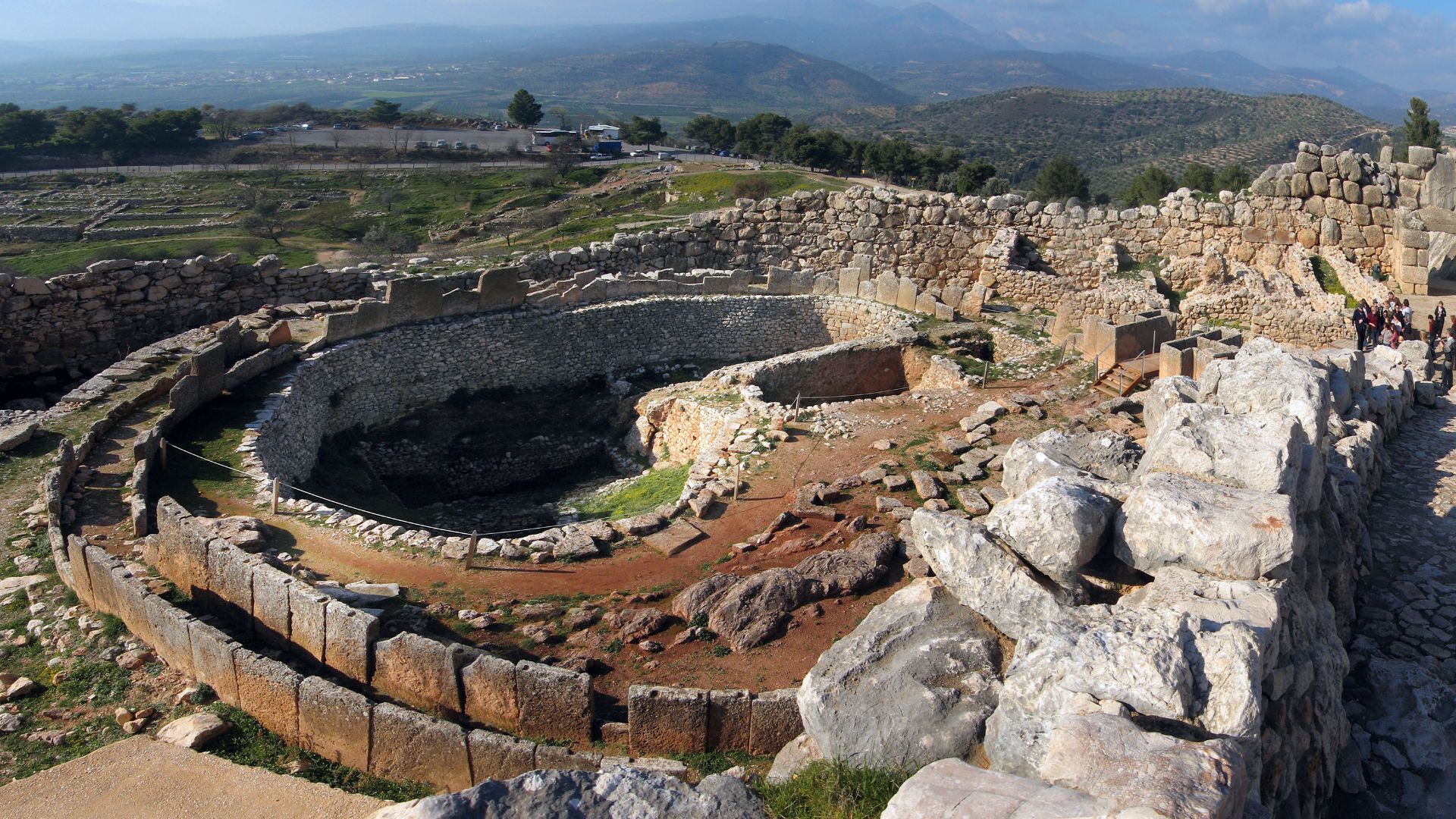 Andreas Trepte, Wikimedia Commons
Andreas Trepte, Wikimedia Commons
Weapons Fit For A Warrior
The tomb contained bronze swords and ornate daggers as well as spearheads, some with gold or silver inlay. Blade shapes indicate both ceremonial and combat use. Several weapon designs even matched types recovered from sites in the Peloponnese.
Jewelry And Adornments
Objects included jewelry and crockery made from semi-precious stones. The handiwork shows advanced metalworking and gem-setting techniques. Many items display iconography related to power or nature, so their function extended beyond decoration into symbolic and ceremonial use.
 This Ancient Greek Tomb Was Packed w/ Treasure Secrets | Smithsonian Channel by Smithsonian Channel
This Ancient Greek Tomb Was Packed w/ Treasure Secrets | Smithsonian Channel by Smithsonian Channel
The Griffin Symbol
An ivory plaque featuring a griffin was found near the burial. In Aegean cultures, griffins often appear in palatial frescoes and religious contexts. This plaque’s style is consistent with high-status ceremonial items, suggesting it was made specifically for an elite or ritual setting.
The Sealstone Masterpiece
One artifact, no bigger than a thumb, stunned the archaeological world. The Pylos Combat Agate. This piece depicts warriors locked in battle, carved with microscopic detail. It surpassed what scholars believed possible in the Bronze Age and challenged assumptions about ancient artistic skill.
Minoan Connections
Sealstones and goldwork in the tomb share stylistic traits with Minoan workshops in Knossos and other Cretan centers. A tool mark analysis links some pieces to specific artisans active in the 15th century BCE, confirming direct movement of luxury goods between Crete and Pylos.
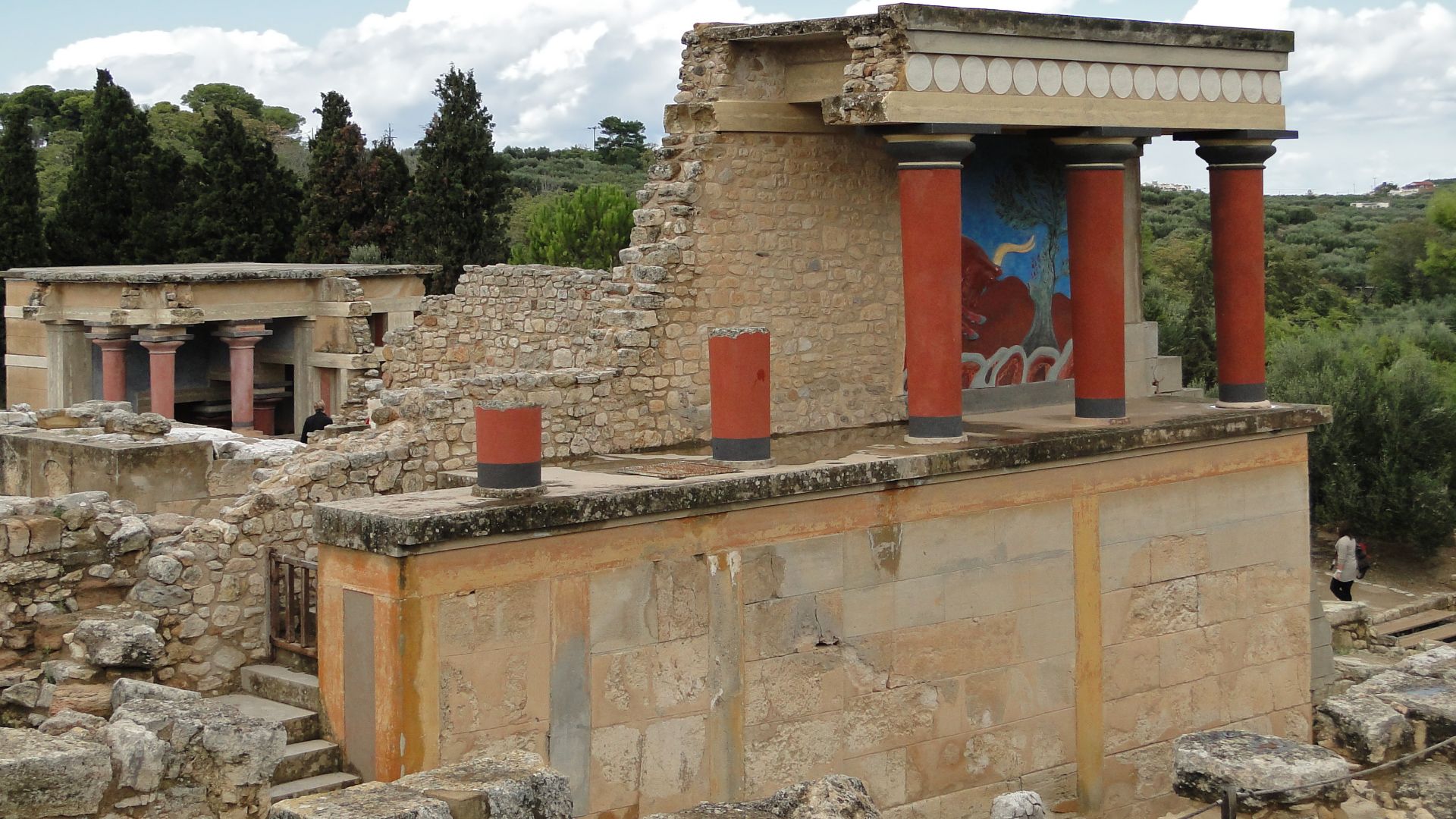 Bernard Gagnon, Wikimedia Commons
Bernard Gagnon, Wikimedia Commons
Evidence Of Trade Networks
Material sourcing studies identified Baltic amber, eastern Mediterranean gold, and semi-precious stones from distant islands. These imports demonstrate the reach of Mycenaean exchange systems, which linked the Aegean to networks spanning both continental Europe and other maritime trade routes.
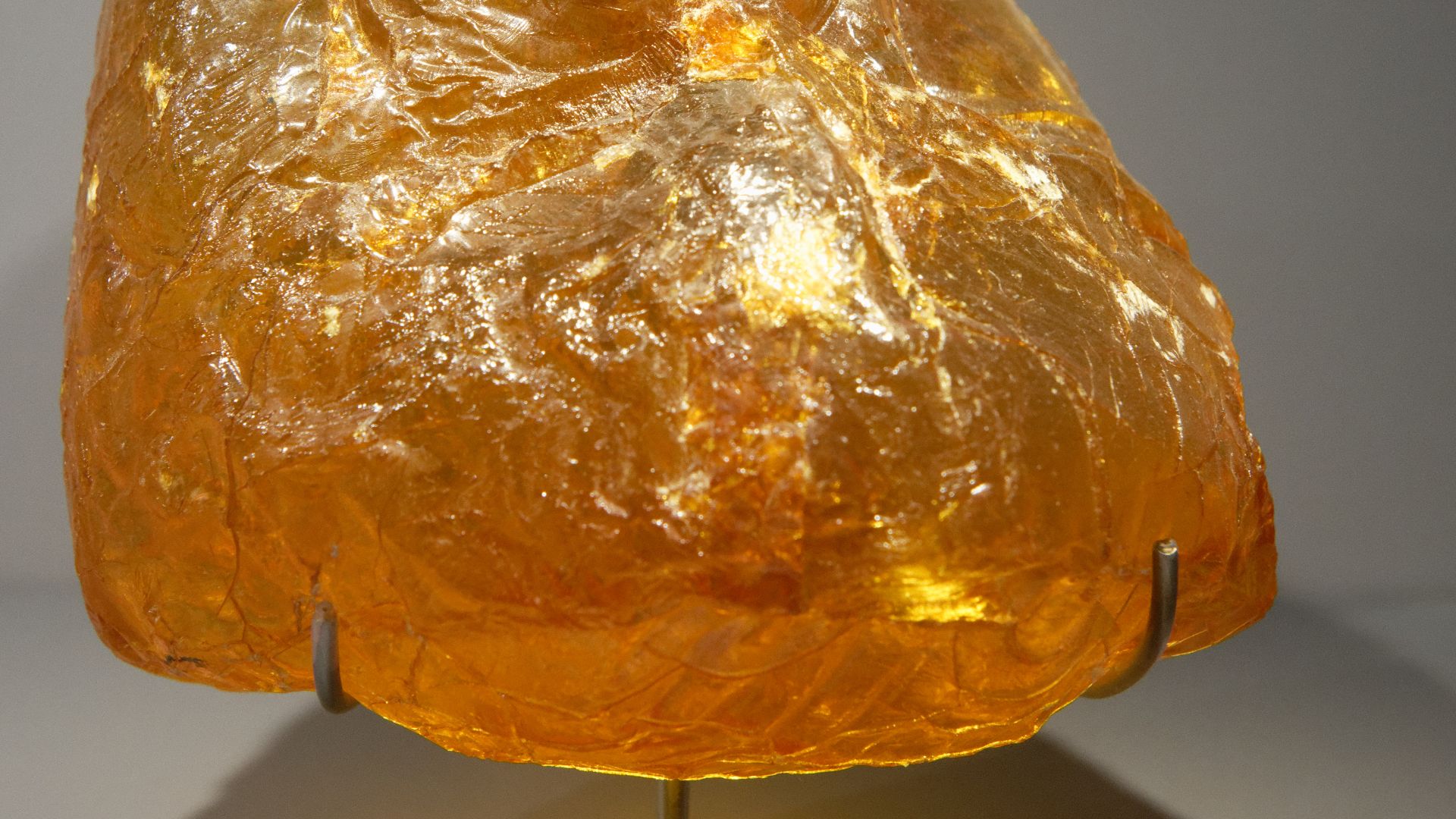 Marie-Lan Taÿ Pamart, Wikimedia Commons
Marie-Lan Taÿ Pamart, Wikimedia Commons
Decoding The Warrior’s Life
The warrior’s burial wealth, coupled with the location of his tomb near the palace, indicates integration into the ruling elite. His position may have involved both military leadership and palace administration, roles that in Mycenaean society were often associated through political alliances.
 New Greek Warrior Tomb found : 1500 BC incredible art jewelry rings 2018 by Neptunes Lagoon
New Greek Warrior Tomb found : 1500 BC incredible art jewelry rings 2018 by Neptunes Lagoon
Preservation Of The Artifacts
The artifacts found were removed under controlled conditions to prevent deterioration, which meant that conservators used magnification tools and micro-excavation techniques to clean surfaces. Even soil deposits were documented before removal, and chemical stabilization treatments were applied to the metals and stones to prevent corrosion or further degradation.
How The Find Changed History
Analysis of the Griffin Warrior’s tomb shifted the scholarly view that Mycenaeans adopted Minoan styles late in their rise. The dating of these artifacts to an earlier period shows that cultural contact was established generations sooner than previously documented in archaeological records.
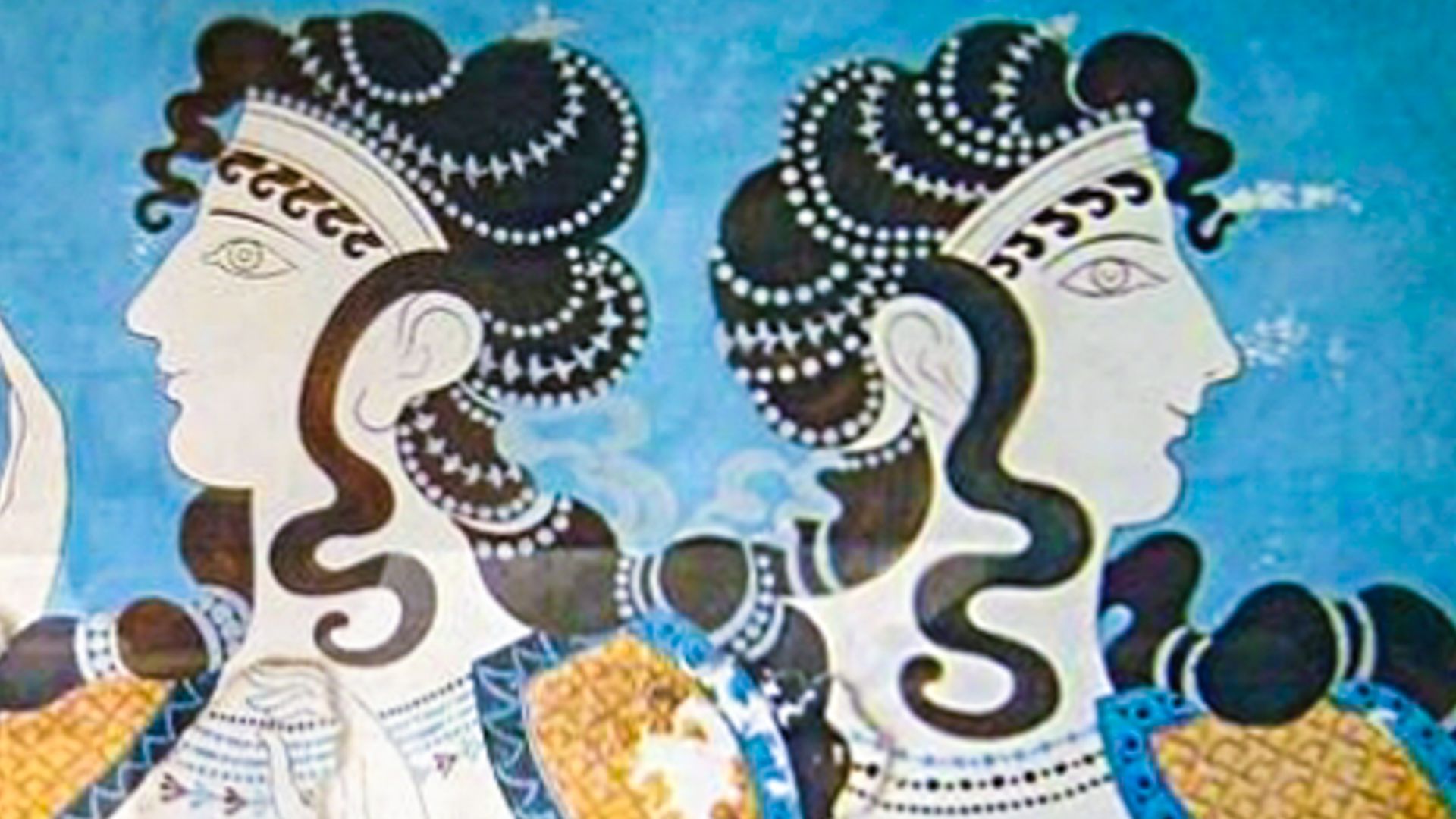 https://www.flickr.com/photos/cavorite/, Wikimedia Commons
https://www.flickr.com/photos/cavorite/, Wikimedia Commons
Reaction To The Discovery
News traveled quickly to reach the scholars and the wider public alike. Museums and universities expressed interest in loan agreements for future exhibitions. Moreover, the discovery generated funding opportunities for extended research at the Pylos site and comparative studies with other Mycenaean centers.
Technology Meets Archaeology
Modern technology allowed the team to examine artifacts with precision. 3D scanning documented shapes for digital study, while high-powered microscopes exposed tool marks invisible to the eye. These methods revealed manufacturing techniques of the Bronze Age and helped scholars understand the skills used to create each piece.
The Tomb In World Context
Few burials from the Bronze Age have survived untouched, which makes this find exceptionally rare. Archaeologists compare it to discoveries like Tutankhamun’s tomb for its completeness. However, unlike Egypt’s royal burials, this grave came from a warrior culture that ruled the Greek mainland centuries before classical Athens emerged.
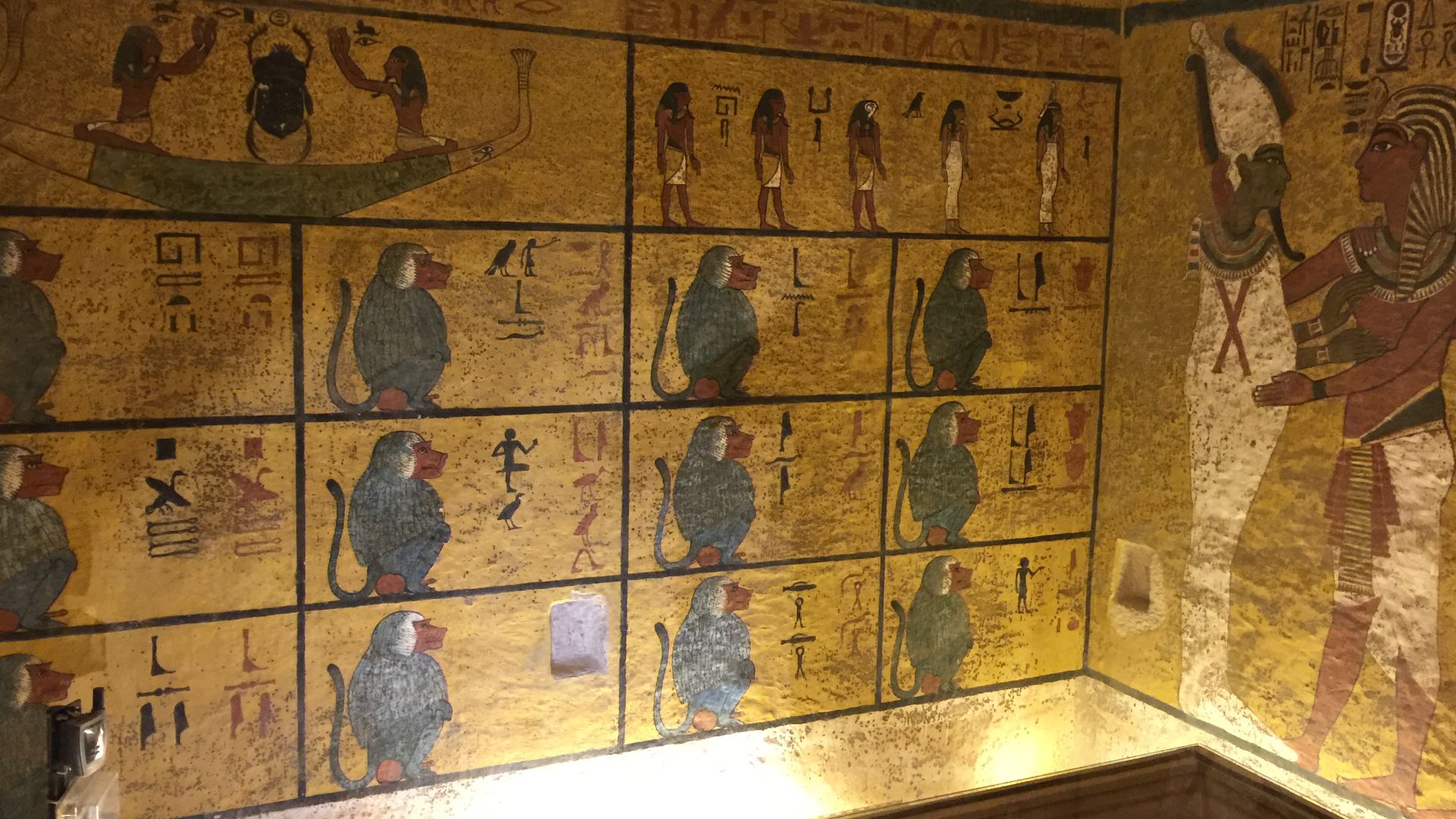 EditorfromMars, Wikimedia Commons
EditorfromMars, Wikimedia Commons
The Site Today
The excavation area remains within a protected archaeological zone today. There's also interpretive signage explaining the site’s significance for visitors. The Palace of Nestor complex is open to the public, while artifacts from the tomb are displayed in regional museums with detailed provenance records.
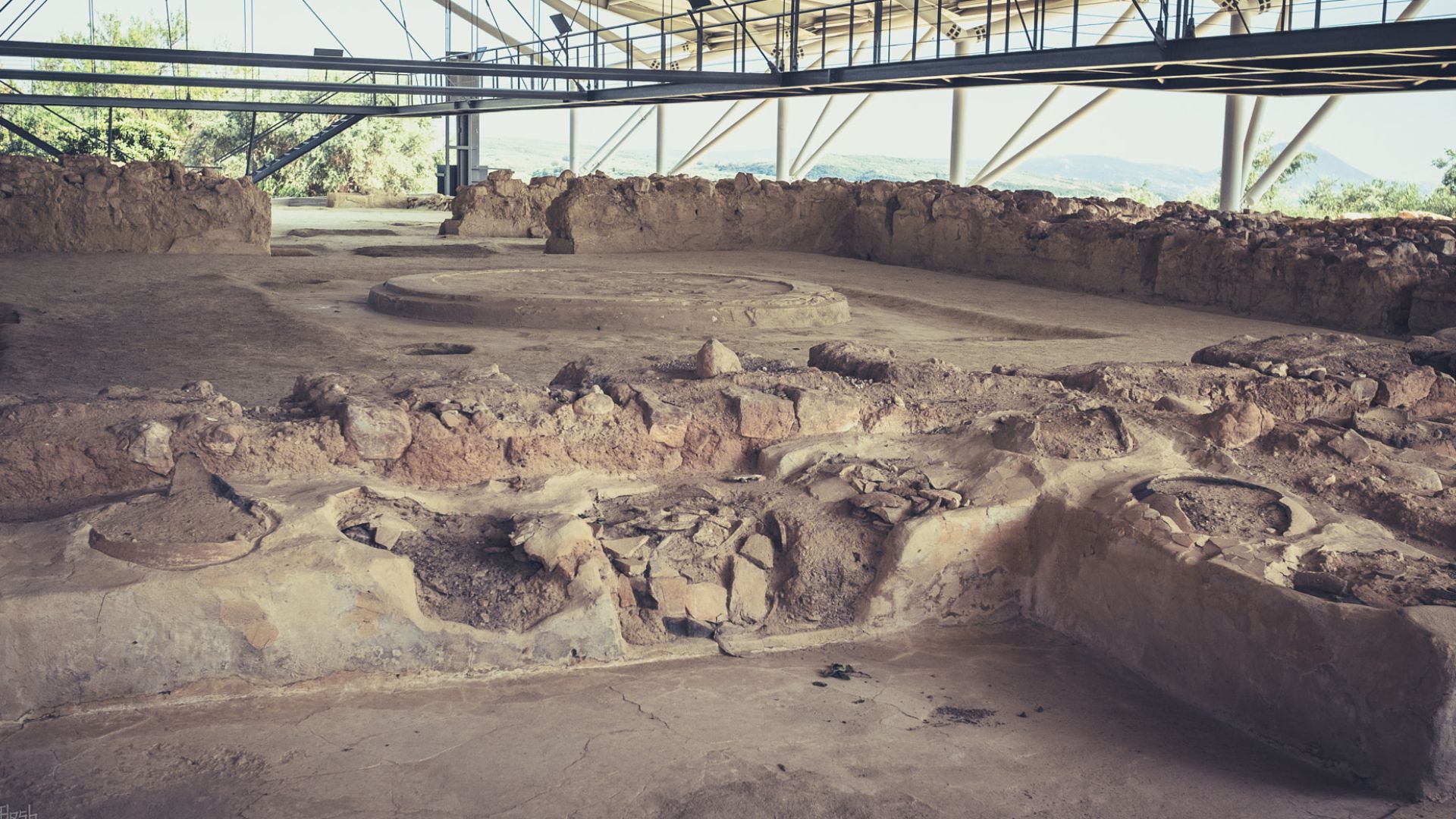 Rawflesh Edo Pokorny, Wikimedia Commons
Rawflesh Edo Pokorny, Wikimedia Commons
Future Research Directions
The next phase of research will involve DNA analysis of the human remains and isotopic testing to identify geographic origins. Then, based on the results from the findings, this phase will close and create a starting point for the next stage of Mycenaean archaeology.

